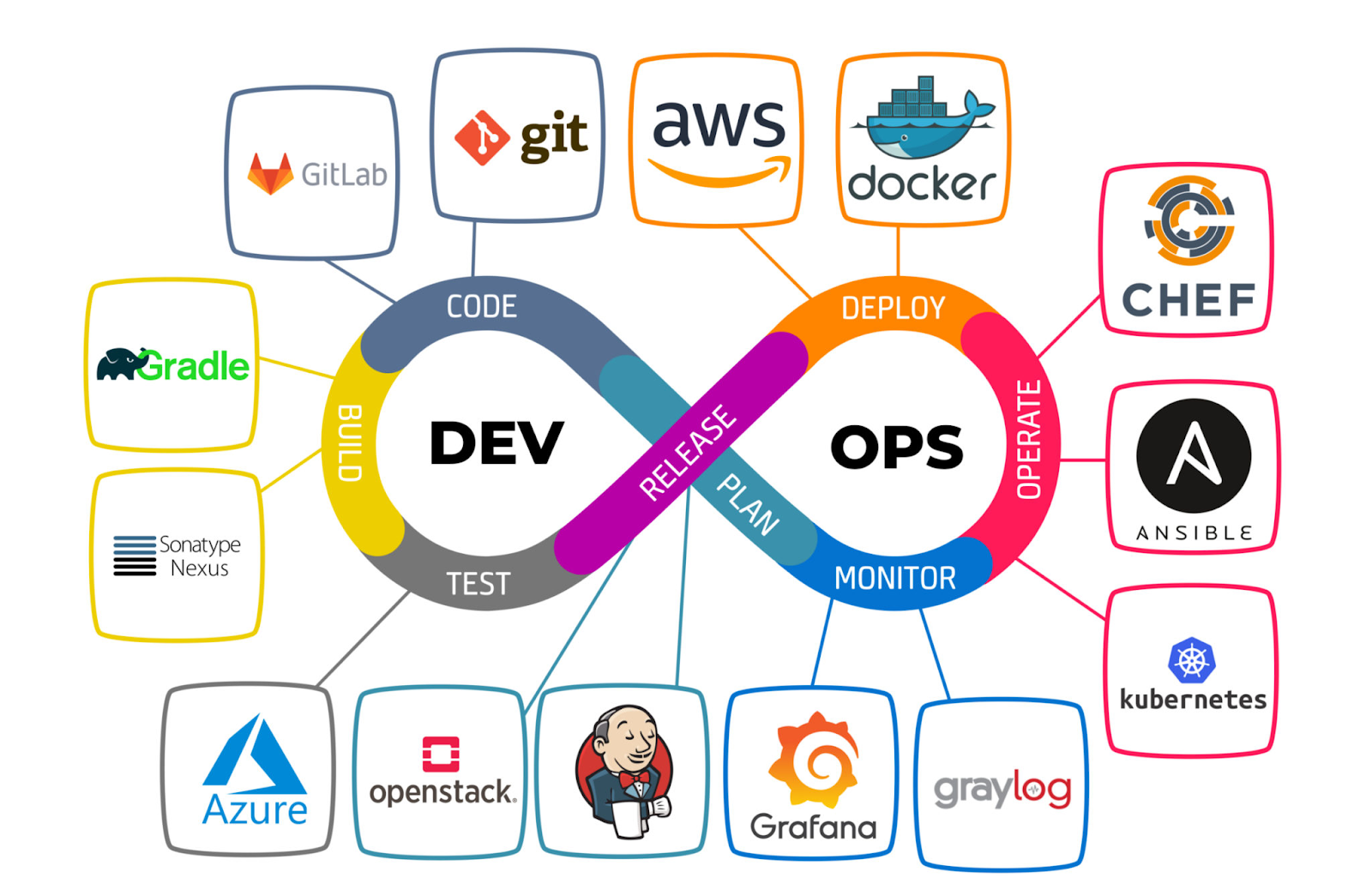Maven - Simple Project Build
Apache Maven is a software project management and comprehension tool. Based on the concept of a project object model (POM), Maven can manage a project's build, reporting and documentation from a central piece of information.
You need somewhere for your project to reside. Create a directory somewhere and start a shell in that directory. On your command line, execute the following Maven goal:
mvn archetype:generate -DgroupId=com.mycompany.app -DartifactId=my-app -DarchetypeArtifactId=maven-archetype-quickstart -DarchetypeVersion=1.4 -DinteractiveMode=false
Executing this command for first time will take time to complete as it downloads dependents .jar file.
[INFO] ----------------------------------------------------------------------------
[INFO] Using following parameters for creating project from Archetype: maven-archetype-quickstart:1.4
[INFO] ----------------------------------------------------------------------------
[INFO] Parameter: groupId, Value: com.mycompany.app
[INFO] Parameter: artifactId, Value: my-app
[INFO] Parameter: version, Value: 1.0-SNAPSHOT
[INFO] Parameter: package, Value: com.mycompany.app
[INFO] Parameter: packageInPathFormat, Value: com/mycompany/app
[INFO] Parameter: package, Value: com.mycompany.app
[INFO] Parameter: groupId, Value: com.mycompany.app
[INFO] Parameter: artifactId, Value: my-app
[INFO] Parameter: version, Value: 1.0-SNAPSHOT
[INFO] Project created from Archetype in dir: /maven/my-app
[INFO] ------------------------------------------------------------------------
[INFO] BUILD SUCCESS
[INFO] ------------------------------------------------------------------------
[INFO] Total time: 01:06 min
[INFO] Finished at: 2022-08-09T19:35:09-07:00
[INFO] ------------------------------------------------------------------------
root@jenkins:/maven#
root@jenkins:/maven#
Here is the directory structure created post command execution.
root@jenkins:/maven# tree
.
└── my-app -> DartifactId
├── pom.xml
└── src
├── main
│ └── java
│ └── com
│ └── mycompany
│ └── app
│ └── App.java
└── test
└── java
└── com
└── mycompany
└── app
└── AppTest.java
12 directories, 3 files
root@jenkins:/maven#
The src/main/java directory contains the project source code, the src/test/java directory contains the test source, and the pom.xml file is the project's Project Object Model, or POM.
The pom.xml file is the core of a project's configuration in Maven.
It is a single configuration file that contains the majority of information required to build a project in just the way you want.
Lets see our code App.java
root@jenkins:/maven# cd my-app/src/main/java/com/mycompany/app/
root@jenkins:/maven/my-app/src/main/java/com/mycompany/app# cat App.java
package com.mycompany.app;
/**
* Hello world!
*
*/
public class App
{
public static void main( String[] args )
{
System.out.println( "Hello World!" );
}
}
root@jenkins:/maven/my-app/src/main/java/com/mycompany/app#
Build the Project:
mvn package : Should be executed from the location where you have pom.xml.
root@jenkins:/maven/my-app# ls -l
total 8
-rw-r--r-- 1 root root 2653 Aug 9 19:35 pom.xml
drwxr-xr-x 4 root root 4096 Aug 9 19:35 src
root@jenkins:/maven/my-app#
This command goes through various steps:
[INFO] Scanning for projects...
[INFO]
[INFO] ----------------------< com.mycompany.app:my-app >----------------------
[INFO] Building my-app 1.0-SNAPSHOT
[INFO] --------------------------------[ jar ]---------------------------------
[INFO] --- maven-compiler-plugin:3.8.0:compile (default-compile) @ my-app ---
[INFO] --- maven-surefire-plugin:2.22.1:test (default-test) @ my-app ---
[INFO] --- maven-jar-plugin:3.0.2:jar (default-jar) @ my-app ---
[INFO] Building jar: /maven/my-app/target/my-app-1.0-SNAPSHOT.jar
[INFO] ------------------------------------------------------------------------
[INFO] BUILD SUCCESS
[INFO] ------------------------------------------------------------------------
[INFO] Total time: 40.086 s
[INFO] Finished at: 2022-08-09T19:56:14-07:00
[INFO] ------------------------------------------------------------------------
root@jenkins:/maven/my-app#
Finally this command compile, test ad build .java code to .jar file.
Maven executes every phase in the sequence up to and including the one defined. For example, if you execute the compile phase, the phases that actually get executed are:
validate
generate-sources
process-sources
generate-resources
process-resources
compile
You may test the newly compiled and packaged JAR with the following command:
java -cp target/my-app-1.0-SNAPSHOT.jar com.mycompany.app.App
root@jenkins:/maven/my-app# java -cp target/my-app-1.0-SNAPSHOT.jar com.mycompany.app.App
Hello World!
root@jenkins:/maven/my-app#
Maven Phases:
Although hardly a comprehensive list, these are the most common default lifecycle phases executed.
validate: validate the project is correct and all necessary information is available
compile: compile the source code of the project
test: test the compiled source code using a suitable unit testing framework. These tests should not require the code be packaged or deployed
package: take the compiled code and package it in its distributable format, such as a JAR.
integration-test: process and deploy the package if necessary into an environment where integration tests can be run
verify: run any checks to verify the package is valid and meets quality criteria
install: install the package into the local repository, for use as a dependency in other projects locally
deploy: done in an integration or release environment, copies the final package to the remote repository for sharing with other developers and projects.
There are two other Maven lifecycles of note beyond the default list above. They are
clean: cleans up artifacts created by prior builds
site: generates site documentation for this project
Cleanup the project.
root@jenkins:/maven/my-app# mvn clean
[INFO] Scanning for projects...
[INFO]
[INFO] ----------------------< com.mycompany.app:my-app >----------------------
[INFO] Building my-app 1.0-SNAPSHOT
[INFO] --------------------------------[ jar ]---------------------------------
Downloading from central: https://repo.maven.apache.org/maven2/org/apache/maven/plugins/maven-clean-plugin/3.1.0/maven-clean-plugin-3.1.0.pom
Downloaded from central: https://repo.maven.apache.org/maven2/org/apache/maven/plugins/maven-clean-plugin/3.1.0/maven-clean-plugin-3.1.0.pom (5.2 kB at 775 B/s)
Downloading from central: https://repo.maven.apache.org/maven2/org/apache/maven/plugins/maven-plugins/31/maven-plugins-31.pom
Downloaded from central: https://repo.maven.apache.org/maven2/org/apache/maven/plugins/maven-plugins/31/maven-plugins-31.pom (10 kB at 80 kB/s)
Downloading from central: https://repo.maven.apache.org/maven2/org/apache/maven/plugins/maven-clean-plugin/3.1.0/maven-clean-plugin-3.1.0.jar
Downloaded from central: https://repo.maven.apache.org/maven2/org/apache/maven/plugins/maven-clean-plugin/3.1.0/maven-clean-plugin-3.1.0.jar (30 kB at 201 kB/s)
[INFO]
[INFO] --- maven-clean-plugin:3.1.0:clean (default-clean) @ my-app ---
[INFO] Deleting /maven/my-app/target
[INFO] ------------------------------------------------------------------------
[INFO] BUILD SUCCESS
[INFO] ------------------------------------------------------------------------
[INFO] Total time: 11.127 s
[INFO] Finished at: 2022-08-09T20:01:10-07:00
[INFO] ------------------------------------------------------------------------
root@jenkins:/maven/my-app#
Post cleaning:
root@jenkins:/maven/my-app# tree
.
├── pom.xml
└── src
├── main
│ └── java
│ └── com
│ └── mycompany
│ └── app
│ └── App.java
└── test
└── java
└── com
└── mycompany
└── app
└── AppTest.java
11 directories, 3 files
root@jenkins:/maven/my-app#




Comments
Post a Comment